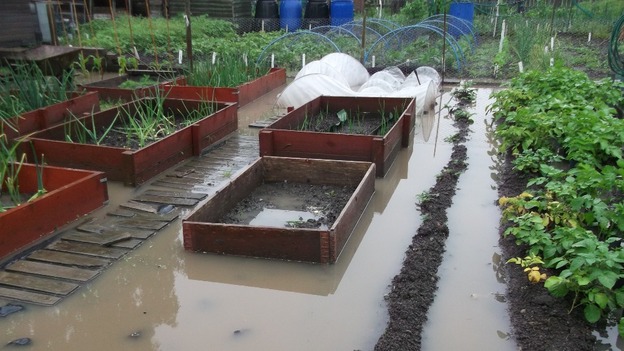Hello and welcome to the winter newsletter. I hope everyone is looking forward to the new year of growing and is eager to get planting, let’s keep our fingers crossed that the weather will improve shortly.
If you have not already seen around the site new small trees have been planted around the allotment site fencing so please take care, great to have some more greener though. By now, you should have worked your way through you winter vegetables. But below are a few jobs you might want to start thinking about ding if you have any left. There is a busy period on its way, so don’t think you can relax, you may think the weather is awful outside but don’t let this deter you rom starting to sow seeds indoors, in a greenhouse or cold frame. Getting an early start can create a longer growing season and plentiful crop, so start thinking about buying potato seeds, checking through seed packets to see if they are still viable and in date, and I always find a little plan or note book, documenting when and what you are planting always helps.
Brussels sprouts :Pick and eat them before they grow too large.
Celeriac: Harvest celeriac as you need it. If the winter is very cold, spread a protective layer of straw around the roots and leave them in the ground for another month or two. Celeriac is very resilient and is said to be able to survive temperatures as low as –10ºC (14ºF) but hopefully it won’t be that cold!
Jerusalem artichokes: Don’t dig up artichokes until shortly before you want to use them. Unlike potatoes, they won’t keep for long once they’ve been lifted. Scrub them clean, then boil or roast them.
Kale : Although you may have been growing kale earlier in the year for baby salad leaves, it really comes into its own during the winter months. Harvest young leaves as you need them by pulling a few from the centre of the plant. When only the last of the tough outer leaves are left, lift the whole plant in order to reduce the risk of clubroot. Remember, liming every other year helps eliminate this too!
Swede: Lift any swedes still remaining in the ground before they grow too large and turn woody in texture. They can be stored. See the Swede recipes for more details on how to liven up your root veg supper.
Winter cabbages A welcome source of fresh greens in midwinter, winter cabbages can be left in the ground until needed – as long they are netted against pigeons.
Winter cauliflowers: You should be picking these right now, the ones you planted out towards the end of last summer. The heads should have survived any frosts, although we’ve been quite lucky, if you remembered to tie a few outer leaves over them.
Winter radishes: As long as there have not been any really hard frosts, you may still be able to harvest the last of your winter radishes. Eat them raw in salads or cooked, like turnips.
Winter salad leaves: Corn salad, land cress and winter purslane are amongst the few salads that can be grown outdoors for a winter harvest – though they will need covering during the colder months.
Chicory: If you lifted your Belgian or Witloof chicory roots last autumn and replanted them under lightproof covers in order to force new shoots, you may have your first, blanched “chicons” to enjoy this month.
Endive: Both hardy, broad–leaved endive curly-leaved varieties will withstand the winter if covered with frames or cloches to protect them from the worst of the weather.
Leeks: Harvest leeks just before you need them, as they don’t store well once lifted. Trim then wash carefully to remove any soil trapped in between the leaves.
Parsnips: In all but the very coldest regions, parsnips should survive the winter. In fact, they are said to taste sweeter after they have been exposed to frost.
Sprouting broccoli: Hardy varieties of purple sprouting broccoli sown the preceding summer should produce a long-lasting harvest that continues from winter well into the spring
…And lets hope it doesn’t get as wet as this!


No comments:
Post a Comment